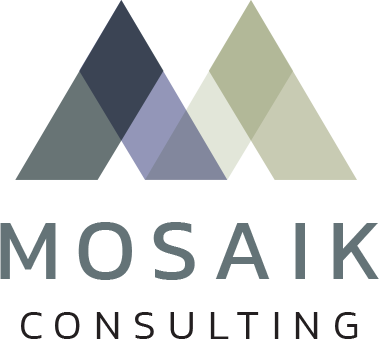Now that the transition from TD Ameritrade to Schwab is complete, and the dust has settled, it’s a good time to make sure your CRM has kept up with your shift in technology. This check-up is crucial to ensure that you are equipped to provide the best experience and support to your clients.
Here are some of the key aspects to consider when evaluating the health of your CRM as well as suggestions on how to better optimize your system.
- Define Clear Objectives: Start by defining your business objectives and the specific goals you want to achieve with Salesforce. This will help you tailor your Salesforce instance to meet your needs and ensure you are getting the most out of the platform.
- Salesforce Instance Customization: Tailor Salesforce to match your unique business processes. Create custom objects, fields, and workflows to streamline your operations and create a more user-friendly system.
- Data Quality & Cleanliness: Regularly clean and maintain your data. Duplicate records, incomplete data, and inaccurate information can lead to errors and inefficiencies, which is why you should consider implementing data validation rules and data cleansing processes.
- Automation & Workflows: Implement Salesforce automation tools like Action Plans or Flows to automate routine tasks and streamline your business processes, saving you time and reducing manual errors.
- Reporting & Analytics: Make use of Salesforce’s reporting and analytics capabilities to gain insights into your data. Create custom reports and dashboards to track key performance indicators (KPIs) and make data-driven decisions.
- Integration with Other Tools: Enable seamless data flow and reduce manual data entry by integrating Salesforce with other business-critical applications like marketing automation, portfolio accounting software, and other financial services software
- Mobile Access: With today’s tech-driven world, ensure that your Salesforce instance is accessible and functional on mobile devices, so users can access key data from anywhere
- Training and User Adoption: Invest in user training to ensure that your team is proficient in using Salesforce. A well-trained team is more likely to fully utilize the platform’s capability.
- Updates and Maintenance: Keep your Salesforce up-to-date with the latest features and security patches. Regularly review and optimize your configuration to ensure it aligns with your ever-changing business needs.
- AppExchange Apps: Explore the Salesforce AppExchange for third-party applications and integrations that can enhance your Salesforce functionality.
- Performance Tuning: Monitor the performance of your Salesforce instance and optimize it as needed. It’s important to pay attention to issues like page load times and slow reports and make the necessary adjustments as needed.
- Security & Permissions: Ensure that your security settings and permissions are properly configured to protect sensitive data and control access. User access privileges should also be regularly reviewed and updated.
- Data Storage & Limits: Be mindful of data storage limits and archiving old data when necessary to avoid exceeding your allocated storage capacity.
- Continuous Improvement: Encourage a culture of continuous improvement by seeking feedback from users and staying updated on best practices and new Salesforce features.
Mosaik Consulting is an expert resource in helping advisors evaluate the health of their CRM after such a transition and implement practices to maximize the use of their CRM, creating operational efficiency and enhancing the client experience.
Looking for help getting your CRM back on track after the TD Ameritrade to Schwab transition? Let us help you pinpoint and implement practices that can help enhance and optimize your overall Salesforce experience. It all starts with a complimentary consultation we call the Organizational Check-Up. Hope to hear from you soon.





